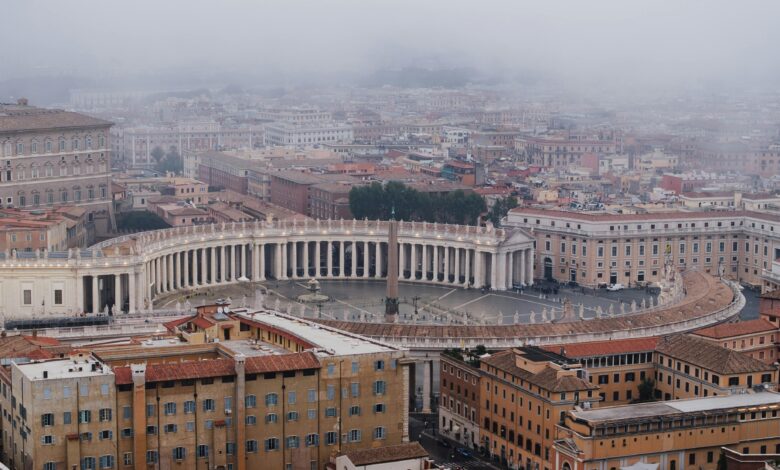Vatican Library Pioneers NFT Use in Historic Manuscript Access

The Vatican Library, established in the 15th century, is embracing NFTs to enhance its online engagement and connect with supporters, particularly in Italy.
This innovative initiative, developed in partnership with NTT DATA Italia, aims to leverage Web3 technology to expand the library’s online community and provide access to its rich collection of manuscripts.
Launched in Japan last year, the project is now extending to Europe, starting with Italy. Italian users who share the “Vatican Library Web3 Support Project” on social media by July 16 will receive a Silver NFT, unlocking access to high-resolution images of 15 manuscripts. Those who make a donation to the library will be rewarded with a Gold NFT, granting access to 21 manuscripts.
The NFTs, described as non-transferable and “soulbound,” are permanently linked to the recipient’s wallet, ensuring they remain a unique and lasting token of support. A proof-of-concept on OpenSea has shown that Polygon-based NFTs have already been distributed among 419 distinct owners.
NTT DATA Italia has been instrumental in preserving the Vatican Library’s historic documents. The firm’s digital archive service, AMLAD, has been applied globally to enhance the conservation efforts of the library’s extensive collection, which includes 180,000 manuscripts, over 1.5 million books, 200,000 photographs, more than 150,000 prints, and over 300,000 coins and medals.
“Our goal remains to make the priceless cultural heritage of the Vatican Library accessible,” said NTT DATA Italia CEO Ludovico Diaz. “We will continue this important work of conservation, extending the use of blockchain technology to other sectors.”
The library’s Prefect, Don Mauro Mantovani, emphasized the project’s alignment with the library’s mission to foster research and scientific development. Mantovani highlighted that NTT DATA’s initiatives are crucial in connecting the library with new communities and future projects involving diverse partners worldwide.
Looking ahead, the Vatican Library plans to introduce immersive experiences, allowing users to explore its historic assets through extended reality. This initiative highlights the library’s commitment to embracing technological advancements to preserve and share its cultural heritage.
By integrating NFTs and blockchain technology, the Vatican Library is not only preserving its historical treasures but also engaging a modern, tech-savvy audience. This project exemplifies how traditional institutions can adapt to contemporary digital trends to expand their reach and impact.




